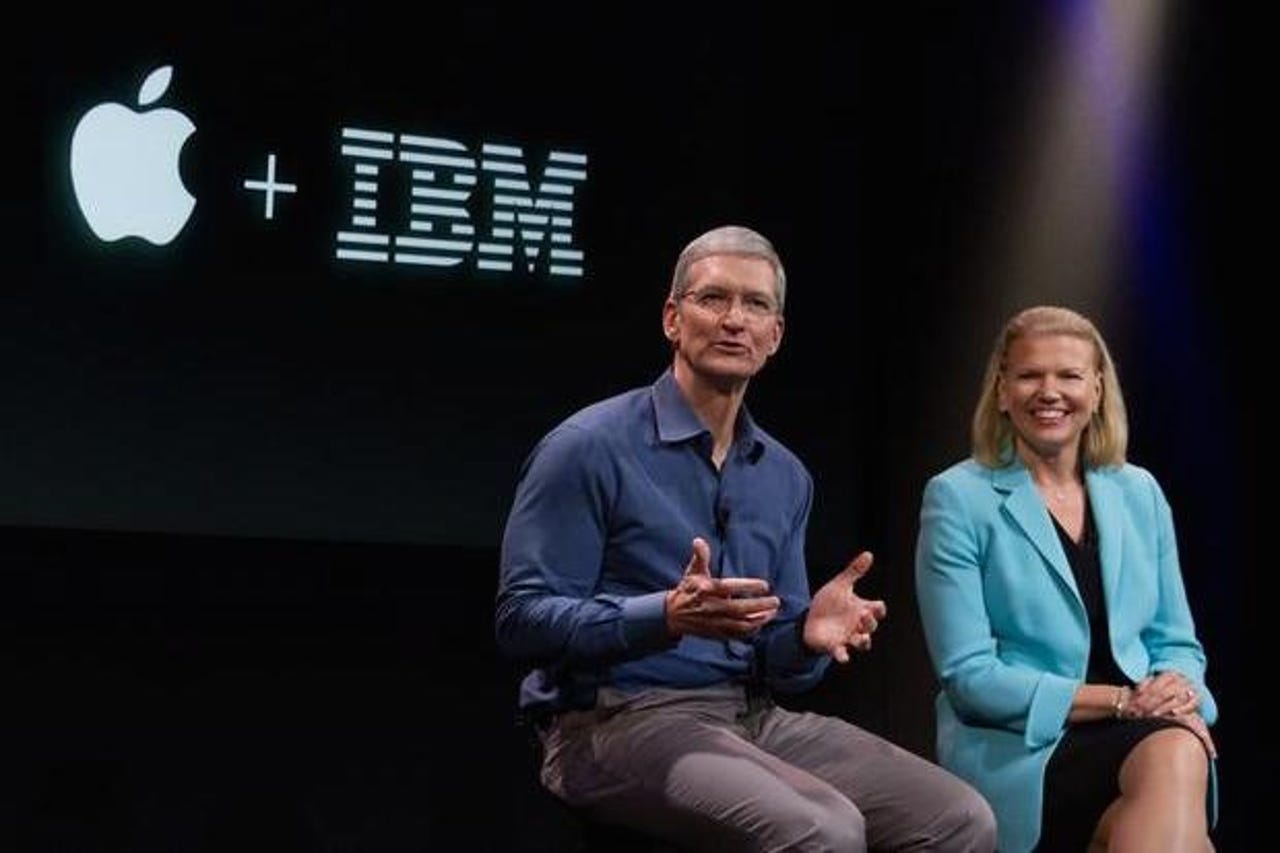Apple Q3: Cook talks future product line-up; IBM, Beats deals


It's been a busy few months for Apple — not so much on the new product line-up side of things, but building the company even more from within.
In the past few months, we've seen Apple acquire Beats for $3 billion in a mix of cash and stock, and Apple and IBM spark a collaboration that will see exclusive industry-specific applications built for the iPhone and iPad.
And that's not all for the rest of the year.
We've got the iPhone 6 on deck for later this year, new desktop and software landing in the August-September timeframe, new iterations of its existing hardware range, and a highly-anticipated wearable, dubbed the iWatch.
Maybe that's good enough reason for the quiet patch. Apple's been busy, just rather quietly.
On the follow-up earnings call with members of the media and analysts, Apple's senior management fielded questions on its current progress, and dished out some details on recent developments.
And it didn't take long for the beans to spill.
"We've got a busy fall... we're very excited about what we've got in the pipeline," Apple's chief financial officer Luca Maestri said in response to a question. Chief executive Tim Cook followed up by saying he was excited for the "incredible pipeline of new products and services."
Here's what else happened on the call.
Apple on Beats acquisition
It was one of the leakiest expected acquisitions of the year. Apple snapped up Beats for a cool few billion, which Apple chief executive Tim Cook said that music is "part of Apple's DNA."
He added: "Beats provides Apple with a fantastic streaming service, rare talent, and products we can build on."
But for $3 billion for a subscription service and a headphone unit? It seems like a lot. That said, Cook said he doesn't let the massive cash pile "burn a hole in our pockets," and will only acquire when it's complementary to Apple's own products and services.
Besides the Beats deal, though, Apple had completed 29 acquisitions since the start of 2013, and five acquisitions at the end of the March quarter.
The Beats deal is expected to close this quarter, ending mid-September.
Apple on IBM deal
The Apple-IBM deal may well be one of the more lucrative technology deals of the year for both firms.
In case you missed it, the two companies will build more than 100 vertical-focused enterprise apps built for Apple's iPad and iPhone, for retail, healthcare, and others.
In return, IBM's cloud services — such as device management, security and analytics — will be optimized for iOS.
Both companies win, and win big. Apple particularly wins, as enterprise customers will be further lured towards snapping up the iPad in the business world.
Apple said 99 percent of the Fortune 500 use iPads in their organizations. But those businesses could see a better internal penetration rate, which remains about 20 percent.
Cook added on the call:
"We think that the core thing that unleashes this is a better go-to-market, which IBM clearly brings to the table. But more importantly, apps written with mobile first-in-mind. Not all of the enterprise apps written for iPad have been ported from a desktop arrangement and not taken full advantage of mobile.
He said he was "excited" about bringing that to business and partnering with IBM, and seeing what that can do to sales of business. "I believe the opportunity is huge," Cook added.
"We're not competing with each other... so a partnership in this case is particularly great," he said.
On analytics and big data opportunities, Cook said he didn't discuss business models so much, but said that both companies have revenue streams in the enterprise.
"Both companies win from those streams," Cook said, noting that Apple wins if it can drive that penetration number from 20 percent to 60 percent — which is where its Mac range of hardware currently stands.